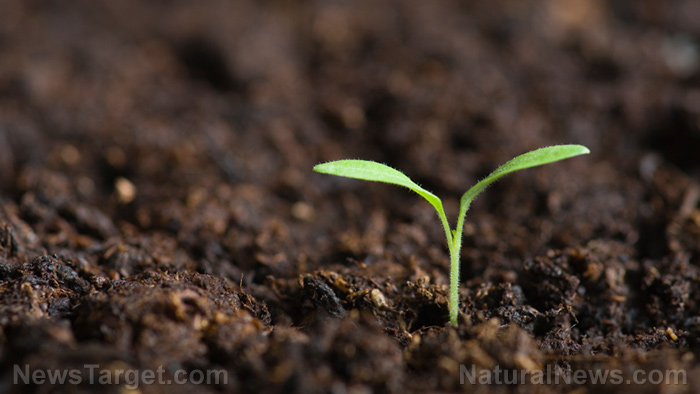Mighty microgreens: young vegetables found to be full of minerals
09/05/2018 / By Frances Bloomfield

They may be tiny, but microgreens pack a powerful, nutrient-dense punch. The word “microgreens” is the name for the seedlings of edible herbs and vegetables.
“Microgreens are an emerging class of specialty fresh produce that has gained popularity with chefs and consumers in recent years and could have a positive impact in the diet.” Food technologist Yaguang (Sunny) Luo has said to AgResearchMag.com.
Luo and a team of scientists have studied the mineral content of 30 different microgreens at the Food Quality Laboratory in Beltsville, Md. The team collaborated with Eton Codling, an Adaptive Cropping Systems agronomist, and Zhenlei Xiao, a postdoctoral researcher. They focused their efforts on analyzing the mineral concentrations in microgreens originating from the Brassica genus; these plants include kale, broccoli, radish, arugula, and red cabbage.
Through their investigation, the team discovered that the levels of calcium, phosphorus, copper, magnesium, and other minerals differed among microgreen types. According to the research that was published in the Journal of Food Composition, potassium is the most common element present in all microgreens. Wasabi microgreens contain the highest values of potassium, while daikon radish have the lowest. Phosphorus, calcium, magnesium, and sodium followed potassium in terms of abundance. Based on these findings, Luo and her team have concluded that Brassica microgreens are excellent sources microelements and macroelements, all of which are essential for maintaining the body’s different functions.

A similar study was conducted in 2012 by researchers from the U.S. Department of Agriculture and the University of Maryland, College Park. The study that was first published in the Journal of Agricultural and Food Chemistry found that microgreens have “four to six times more nutrients than the mature leaves of the same plant”, reports NPR.org. Scientists had looked at the antioxidant levels and vitamins in 25 varieties of microgreens and noted that they all contained more vitamins and carotenoids than their mature versions.
Get the most out of microgreens
Vegetables are widely known to be excellent sources of vitamins and minerals. Their younger counterparts are no different. Microgreens can taste just as delicious as fully-developed vegetables, providing a “nice textural contrast” to any dish they’re added to, notes UrbanCultivator.net. How you take in your microgreens is entirely up to you, however. Some of the ways that you can incorporate microgreens into your diet include eating them as a salad with dressing, tossing them into an omelet or tofu scramble, or using them as a garnishing on sandwiches and soups. You can even eat microgreens as is if you want; doing this will allow you to fully savor the concentrated flavors.
Even if interest in microgreens has grown, not all varieties are readily available, and those that are can carry heft price tags. Fortunately, microgreens are quite easy to grow in your own home. Because microgreens are just seedlings, they take about only one or two weeks to grow, meaning that you won’t have to wait long until you can enjoy your microgreens. According to Wholefully.com, all you’ll really need to grow microgreens are seeds, soil, a place for your microgreens to grow, a light source, and water. Simply fill up your container with soil and seeds then spray the mixture with water. Place your container in a place with ample amounts of light—both natural and artificial light will do—and then wait. Spray water into the container a few times a day, everyday.
Microgreens are a tasty and easy way to meet your dietary goals, and you can read more about the benefits of vegetables by visiting Veggie.news.
Sources include:
Submit a correction >>
Tagged Under:
food cures, health and fitness, microgreens, nutrients
This article may contain statements that reflect the opinion of the author





















